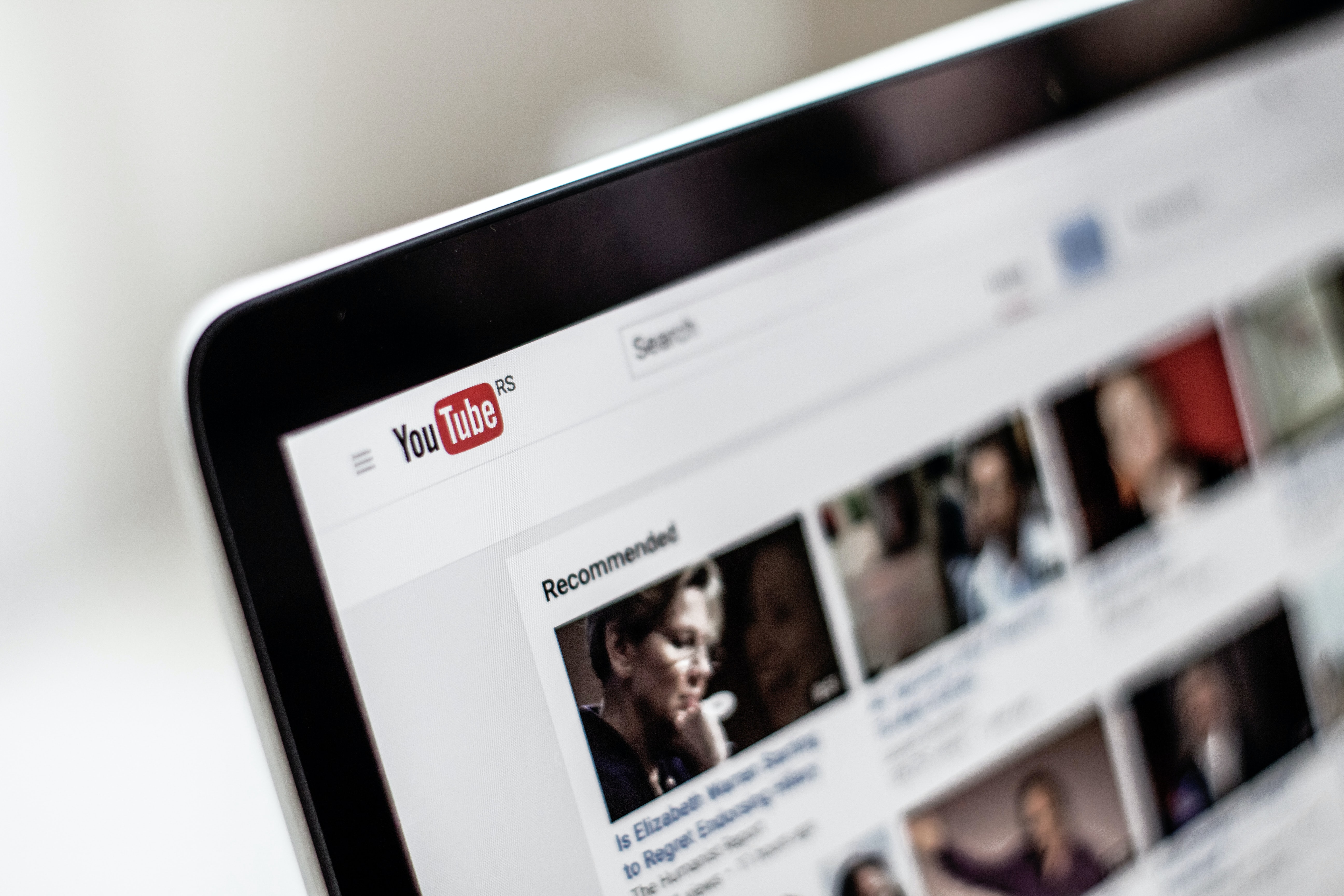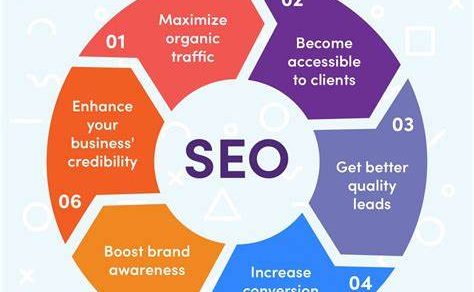Over recent years, workout videos on YouTube have exploded in popularity and become a source of fitness for millions of people worldwide. These can be a great substitute for the gym, I use them too! However, like any YouTube video, these videos are a goldmine of clickbait that may or may not be truthful to its contents… or to you.
They look something like this: “GET SIXPACKS ABS IN 10 MINUTES” or “GROW BOOTY NOT LEGS”.
These fitness clickbait titles and thumbnails, often complimented with isolated body parts and flashy colors, promise the viewer that they will look a certain way if they follow this workout. This can cause harm for the viewer, even more so than regular clickbait.

I recently got my certificate as a fitness instructor and I would like to explore the negative effects of YouTube fitness clickbait using my knowledge and judgment. I will focus more on clickbait than the quality of these workouts, because that is a whole different topic.
Why clickbait?
Influencers use clickbait for good reason: their content needs to be in the YouTube algorithm’s favor in order to be recommended to viewers. I want to stress that these influencers by no means are bad people. On the contrary, they work hard to push out completely free workouts for us to enjoy, and I really respect them for that.
Having said that, I don’t think the ends justify the means. By looking at the disclaimers that these clickbait videos contain, it seems that influencers are aware that their promises are a tad too enthusiastic. Take, for example, this disclaimer from a video that assures an “hourglass figure in 7 days”:
“Disclaimer: Please remember that we cannot spot reduce fat, meaning we can’t choose the areas on our body where we lose fat.”
True! It has been proven over and over again that we cannot spot reduce fat. My question is, why promote false ideas in the title while you know that’s not how it works? And only mention the truth in the disclaimer, which is conveniently placed at the very bottom of the description?
The sad truth is, the same as in the beauty industry, that targeting insecurities is one heck of a marketing strategy.

The problems
These are my biggest issues with fitness clickbait that I commonly see:
- Unrealistic expectations. The viewer is deceived into thinking that whatever claims made by clickbait are the truth and will surely work for them, only to be let down when they don’t achieve said results. This type of clickbait fails to take into account that we’re all different and have different needs.
- False promises. Making false promises is a reckless and even dangerous thing to do. Especially when there is a timeline attached to a result: “SLIM THIGHS IN 14 DAYS” is in no way a realistic goal. I can guarantee that these types of claims are not backed up by science in the slightest. Promising that anyone can achieve “this look” as long as they do this workout is simply irresponsible.
- Promoting physical appearance above health. Speaks for itself.
- Isolated body parts in the thumbnail. Showing only the core or behind with the instructor’s face cut off is dehumanizing. It reduces not only the content creator but the viewer to body parts and places an unnecessary amount of worth on physical appearance.
- Decreased self-image and insecurity. Perhaps the biggest reason why I dislike fitness clickbait is that it is inclined to make the viewer feel unhappy with themselves; for not looking a certain way, for having a body type that these workouts supposedly counter. Ultimately, new insecurities are pointed out for us to feel bad about.
The good
On the flipside, although fitness clickbait is misleading, it is effective at one thing: introducing people to fitness. Just by looking at the view count and listening to people’s experiences, it seems that many people start their fitness journey precisely because of clickbait. The question arises whether it is ethical to keep with clickbait because it gets people to work out. This is a difficult one. Everyone has their own goals, preferences, and is free to do what they enjoy. Some people don’t mind clickbait at all. And just because a video has a clickbaity title, does not mean the workout is not efficient or enjoyable. I always say that the best workout is one you can stick to. So, if these workouts do the trick for you, I say go for it!
Overall, I would argue that the current fitness clickbait does more harm than good, taking into account how it can negatively impact someone’s mindset about fitness and their own body. But I do think there is a way.

What I want to see
So, is it possible to be a successful fitness YouTube channel without relying on clickbait? Yes, absolutely. Fitness channels like Sydney Cummings and FitnessBlender avoid this type of clickbait, and still have millions of subscribers.
It is important to raise awareness and protect ourselves from the false promises the fitness industry is prone to make to its clients. I think that clickbait is an effective and even necessary method for a fitness channel to thrive, but it needs to change. Titles and thumbnails should not lie to or harm the viewer. In my book, a less problematic yet effective clickbait title looks something like this:
“40 MIN LOWER BODY STRENGTH WORKOUT” – accompanied by colorful text and a cheerful instructor (without their head edited out). This way, a video is still alluring while staying truthful to its contents. It does not comment on physical appearance, but simply tells the viewer the duration, focus, and what type of training to expect. That’s something I would click on!
Links and References
- https://blog.hootsuite.com/how-the-youtube-algorithm-works/
- https://www.precisionnutrition.com/all-about-fat-loss
- https://www.precisionnutrition.com/how-to-lose-belly-fat
- https://csdp.princeton.edu/sites/g/files/toruqf2376/files/media/munger_clickbait_10182018.pdf
- https://www.youtube.com/c/SydneyCummings
- https://www.youtube.com/c/fitnessblender/featured



First of all, thank you for bringing up this topic. I think not only on the fitness field, the phenomoene happpens in so many different topics but the main issue is the same, oversimplify the efforts behind a goal. In my viewpoint, their reasons to do this is mostly for profits but the consumers who expects to see the results like the creators clamied may not be aware of it. I tried to train myself to avoid watching or reading information without solid background or realible proof because I think it’s harmful in longterm